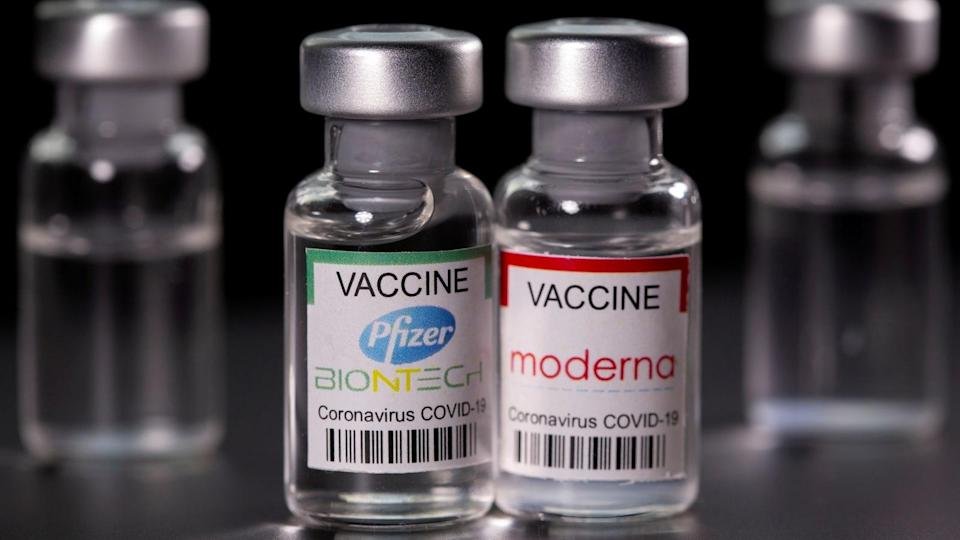Which mRNA vaccines are approved?
There are two mRNA vaccines approved in Canada that protect you from developing severe COVID-19. The BioNTech/Pfizer (Comirnaty) and Moderna (SpikeVax). Not necessary the fanciest names on the market, regardless their innovate technology.
What do mRNA vaccines contain?
There is basically three main components for these vaccines. First, the message for your muscle cells written in mRNA. ThIs to create a foreign antigen, in this case the (S) protein for SARS CoV-2. Second, the Solid Lipid Nanoparticles (SLPs). A fancy word to describe spherical shape containers/delivery system made of good fats for these fragile mRNA messages. Finally, ingredients such as sugars, salts and acids to keep stable the SLPs inside your body long enough to reach the production of the antigen.
How does the MRNA or the spike protein remain in my body?
No, they spike protein can not remain in your body for two main reasons.
Firstly, the mRNA containing the information to create the SARS CoV-2 spike proteins is very fragile. Therefore, it can not survive in your body for so long. This was one of the main challenges scientists faced while creating the first mRNA Vaccines in the 90’s. Nowadays, we use safe, effective and stable solid lipid nanoparticles (SLNs) that deliver the mRNA in the cytoplasm of your muscle cells.
Did you know that the Vancouver based company Acuitas Therapeutics design the lipid nanoparticle in the BioNTech/Pfizer Vaccine?
Secondly, even if the mRNAs were able to stay longer than usual your body has evolved mechanisms that recognize rogue mRNAs in your body. Such as, the Nonsense-mediated mRNA decay (NMD) pathway. It acts as a quality control system for deleting aberrant host mRNAs but also playing a role as an innate host defense army against cytoplasmic RNA viruses. Like herpesviruses and adenoviruses.
Once the spike protein is produced in your muscle cells, mainly in the application site, your body detects them as foreign. This is because they are not from your body and that’s what it is intended for. This activates the immune system primarily in the injection site. Here it is the reason of why your arm might feel sore, and you might have fever or feel tired.







